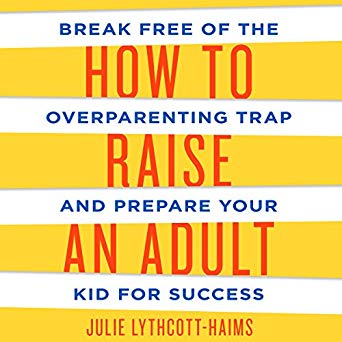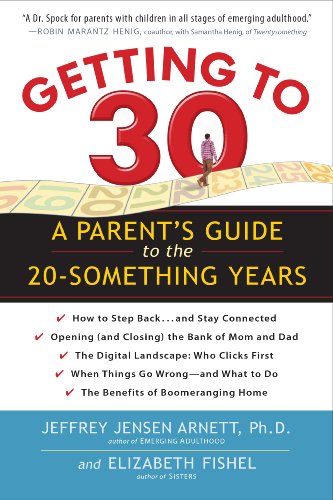 Obviously, it is great when parents align their values and parenting philosophies, which can often make raising kids together easier. But for some separated parents, finding this alignment isn’t feasible or comes with a cost. In those cases, Sophie Jacobi-Parisi J.D., M.S.W. says, the answer is parallel parenting.
Obviously, it is great when parents align their values and parenting philosophies, which can often make raising kids together easier. But for some separated parents, finding this alignment isn’t feasible or comes with a cost. In those cases, Sophie Jacobi-Parisi J.D., M.S.W. says, the answer is parallel parenting.
To understand the value of parallel parenting, we have to appreciate its more prevalent counterpart, co-parenting, the model many of us see more frequently.
When is Co-Parenting a Fit?
If parents were generally on the same page while living in an intact marriage, a structured co-parenting process may work for them. These people can sometimes easily align on divorce terms and resolve issues out of court.
The co-parenting model is a fit when parents can communicate respectfully and regularly about their children and commit to working together to accommodate their children’s needs over their own. An example of effective co-parenting is when parents agree that their children will play a sport with frequent practices and games that span both parents’ parenting time.
In an intact family, ensuring our kids get to the right places, with the right stuff, is hard enough; doing it from two different homes requires serious collaboration.
Other examples of quality co-parenting are when parents communicate to ensure that a child completes a month-long school project from both homes, parents who implement the same rules about bedtime and screen time, or parents who regularly share their observations about their child’s emotional and physical growth.
There is no exact co-parenting protocol. Regardless of how it works, the general idea is that children feel the same encouragement, reinforcement, and continuity while residing in each parent’s home.
Co-parenting requires an immense amount of grace and conciliation from both parents, and it comes with a significant burden of forcing ex-spouses to stay in regular, consistent contact with one another and to agree on and implement the same parenting rules and values.
When Is Parallel Parenting a Fit?
Parallel parenting is effective when contact between the parents must be minimized. Under parallel parenting (which one parent can unilaterally effectuate), a parent sets forth their rules, routine, and values in their home, irrespective of what happens in the other parent’s home. This allows parents to “rule the roost” as they see fit in their own homes without worrying about the other parent’s interference, judgment, or the need to collaborate.
It may be hard to imagine, but children living with parents practicing parallel parenting will adapt to having separate activities and different bedtime or homework rules in each home. If their parents are healthy and appropriate, the children will thrive from having relationships with both parents without exposure to their parent’s conflict.
Parallel parenting is protective of parents and their values, especially those still recovering from the wounds of a rough marriage or an unexpected divorce, and, as such, this model benefits their children by shielding them from parental conflict. Crucially, parallel parenting allows parents to establish and develop relationships with their children, separate from the other parent.
Which Post-Divorce Parenting Model Is Right For You?
Just as many people don’t find easy alignment on their marital issues, many people cannot simply transition from a divorce to a workable, respectful co-parenting structure.
Post-divorce, parents should be kind to themselves and patient in deciding which method works best for them and their children. No parent should be afraid to parallel parent if that works best.
Excerpted from “How to Parent From Two Homes” by Sophie Jacobi-Parisi, J.D., M.S.W. Read the full post in Psychology Today online.







